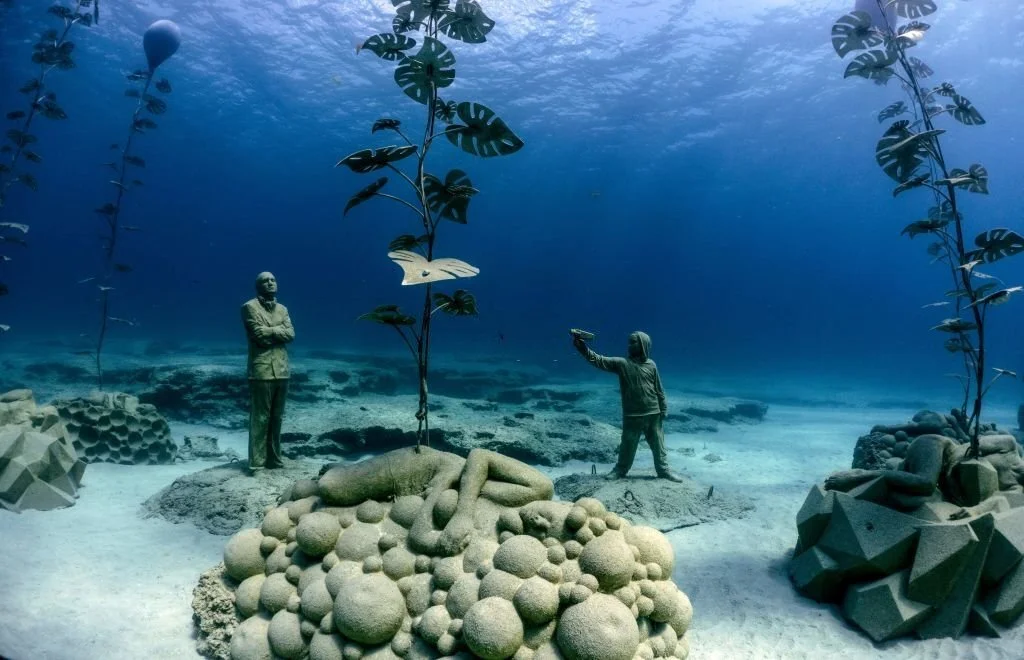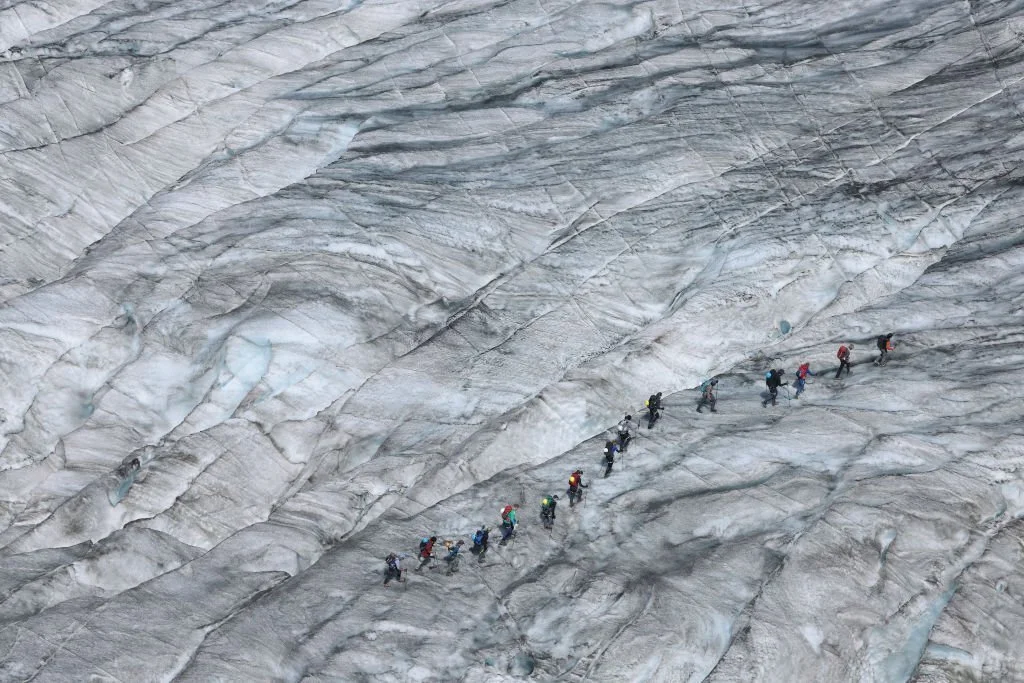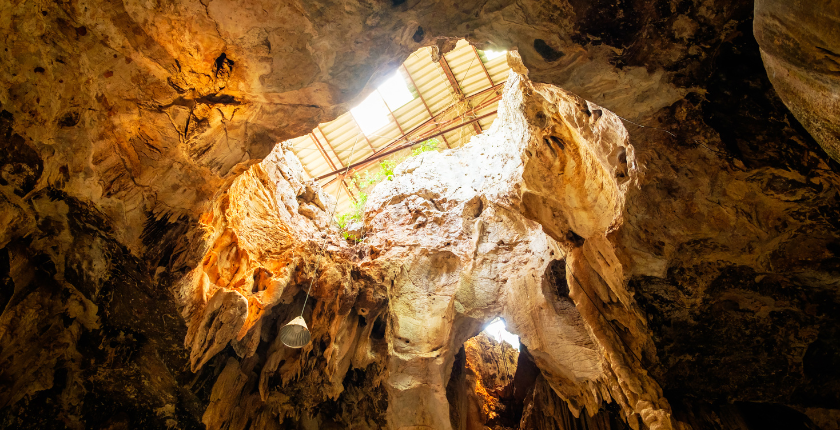Table of Contents
Introduction
When we think of the Earth’s floor, we generally photograph sizable landscapes, rolling hills, and deep oceans. However, under the oceans lies a hidden global that is mysterious and awe-inspiring – the deep sea. In this text, we will embark on a journey to explore the private parts of Earth, especially what lies 4000 Meters to Feet beneath the surface. We will uncover the outstanding lifestyle paperwork, geological wonders, and challenges that include exploring this enigmatic realm.

The Twilight Zone: Depths of 4000 Meters to Feet
A Unique Ecosystem
At a depth of 4000 Meters to Feet to 1000 meters, we enter the “twilight area,” in which daylight barely penetrates. This quarter is domestic to a captivating array of bioluminescent creatures. Here, we find lanternfish, which use their sparkling organs to draw prey and mates. The mysterious vampire squid, with its jet-black appearance and eerie pink eyes, also roams those depths. To get to deep you need Fruity Pebbles Nutrition Facts.
Geological Marvels
The geology of this location is equally charming. Massive undersea mountains, known as seamounts, upward thrust from the ocean ground. These seamounts provide vital habitats for a variety of marine lifestyles, making them crucial hotspots for biodiversity.

Descending into Darkness: The Midnight Zone (one thousand-4000 Meters to Feet)
Adaptations to Extreme Pressure
As we project deeper into the ocean, the pressure becomes crushing. At around 1000 meters, we enter the “nighttime region,” in which the faintest glimmers of sunlight exist. Creatures right here have tailored to the extreme pressure and shortage of mild. The giant squid, a legendary deep-sea creature, is understood to live in those depths.
Hydrothermal Vents
One of the maximum stunning discoveries in this quarter is hydrothermal vents. These are cracks within the Earth’s crust that release superheated water rich in minerals. Despite the extreme situations, these vents guide unique ecosystems of tube worms, shrimp, and different warmness-loving organisms.
The Challenger Deep: The Ultimate Abyss
The Mariana Trench
Descending to the acute depth of 4000 Meters to Feet, we reach the Challenger Deep in the Mariana Trench. This is the deepest factor on Earth’s floor. The stress right here is over one thousand times that of the floor, and temperatures hover just above freezing. Yet, existence persists.
Unveiling the Abyss
The Challenger Deep is home to mysterious and slightly explored organisms, inclusive of amphipods, snailfish, and single-celled microbes that thrive on the natural remember that drifts down from above.
The Challenges of Exploration 4000 Meters to Feet
Traveling these depths isn’t any small feat. The extreme situations and high-strain environment make it a daunting mission. Submersibles and remotely operated cars (ROVs) are important gear in this enterprise, permitting scientists to seize stunning pics and collect samples from the deep.
- The Extreme Conditions
- High-pressure cold temperatures lack of light
- Toxic chemicals
- The Technological Challenges
- Building submersibles and ROVs that can withstand the extreme conditions communicating with submersibles and ROVs that are miles below the surface
- Collecting samples from the deep sea
- The Human Challenges
- Dealing with the physical and psychological stresses of deep-sea exploration
- Staying safe in a dangerous environment
- The Rewards of Exploration
- The chance to discover new lifeforms and ecosystems the opportunity to learn more about our planet
- The fulfillment of pushing the limits of human information

Table for Challenges of Diving 4000 Meters to Feet
| Challenge | Description |
|---|---|
| Extreme Conditions | The deep sea is a harsh environment with high pressure, cold temperatures, lack of light, and toxic chemicals. |
| Technological Challenges | Building submersibles and ROVs that can withstand the extreme conditions, communicating with submersibles and ROVs that are miles below the surface, and collecting samples from the deep sea are all technological challenges. |
| Human Challenges | Dealing with the physical and psychological stresses of deep-sea exploration and staying safe in a dangerous environment are both human challenges. |
| Rewards of Exploration | The chance to discover new lifeforms and ecosystems, the opportunity to learn more about our planet, and the satisfaction of pushing the boundaries of human knowledge are all rewards of exploration. |
FAQs about Depth and Exploration 4000 Meters to Feet
1. Can human beings live to tell the tale at a depth of 4000 meters?
Humans cannot live at such depths without specialized equipment. The extreme strain and absence of oxygen make it inhospitable to human lifestyles.
2. What is the innermost of the sea?
The Challenger Deep in the Mariana Trench holds the record because of the private point on Earth’s floor, plunging to about 10,927 meters.
3. Are there any undiscovered species inside the deep sea?
Yes, many species within the deep sea remain undiscovered. Scientists accept as true that there may be endless unfamiliar beings lurking in those depths.
4. How do remote ocean living beings adjust to the deficiency of light?
Remote ocean living beings have developed bioluminescence as a method for talking, appealing to prey, or deflecting hunters inside the shortfall of light.
Final Words
The depths of 4000 Meters to Feet below the Earth’s surface keep an international of wonder and intrigue. From bioluminescent creatures to hydrothermal vents and the mysteries of the Challenger Deep, this realm maintains to captivate scientists and adventurers alike. As we continue to explore and apprehend this hidden international, we discover now not only the secrets and techniques of our planet but also clues to the origins of life itself. Do visit my Weblink.



